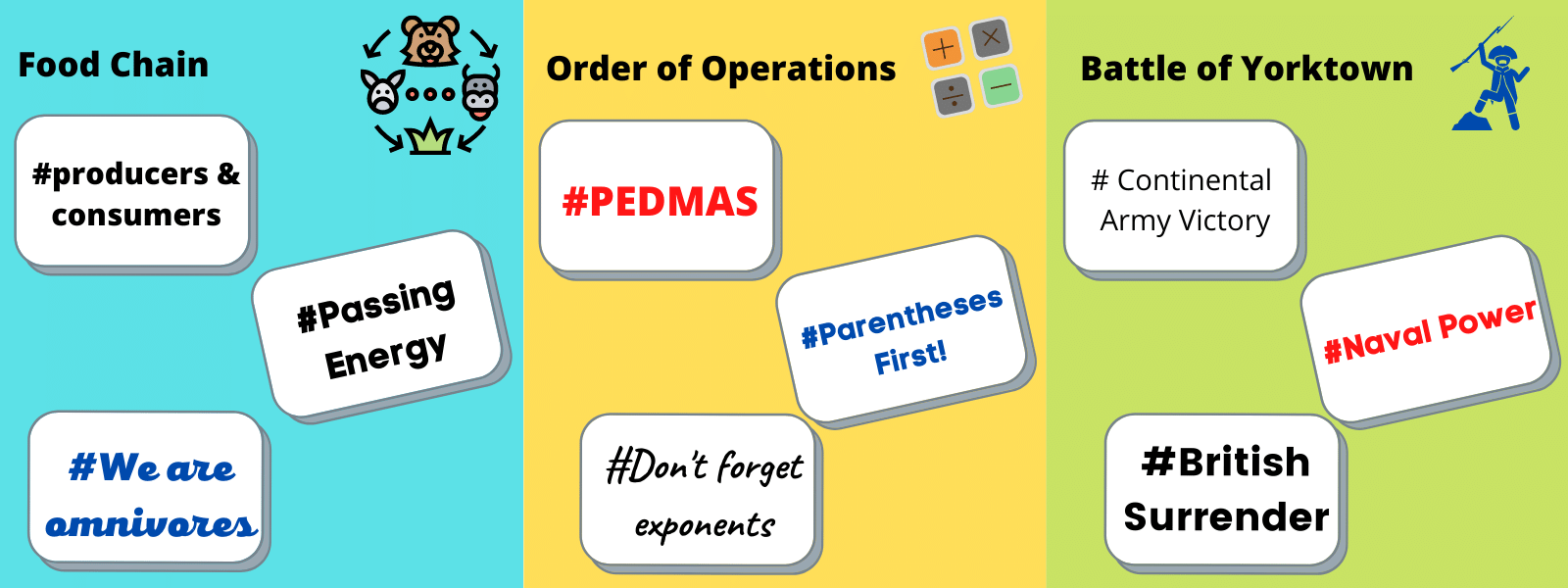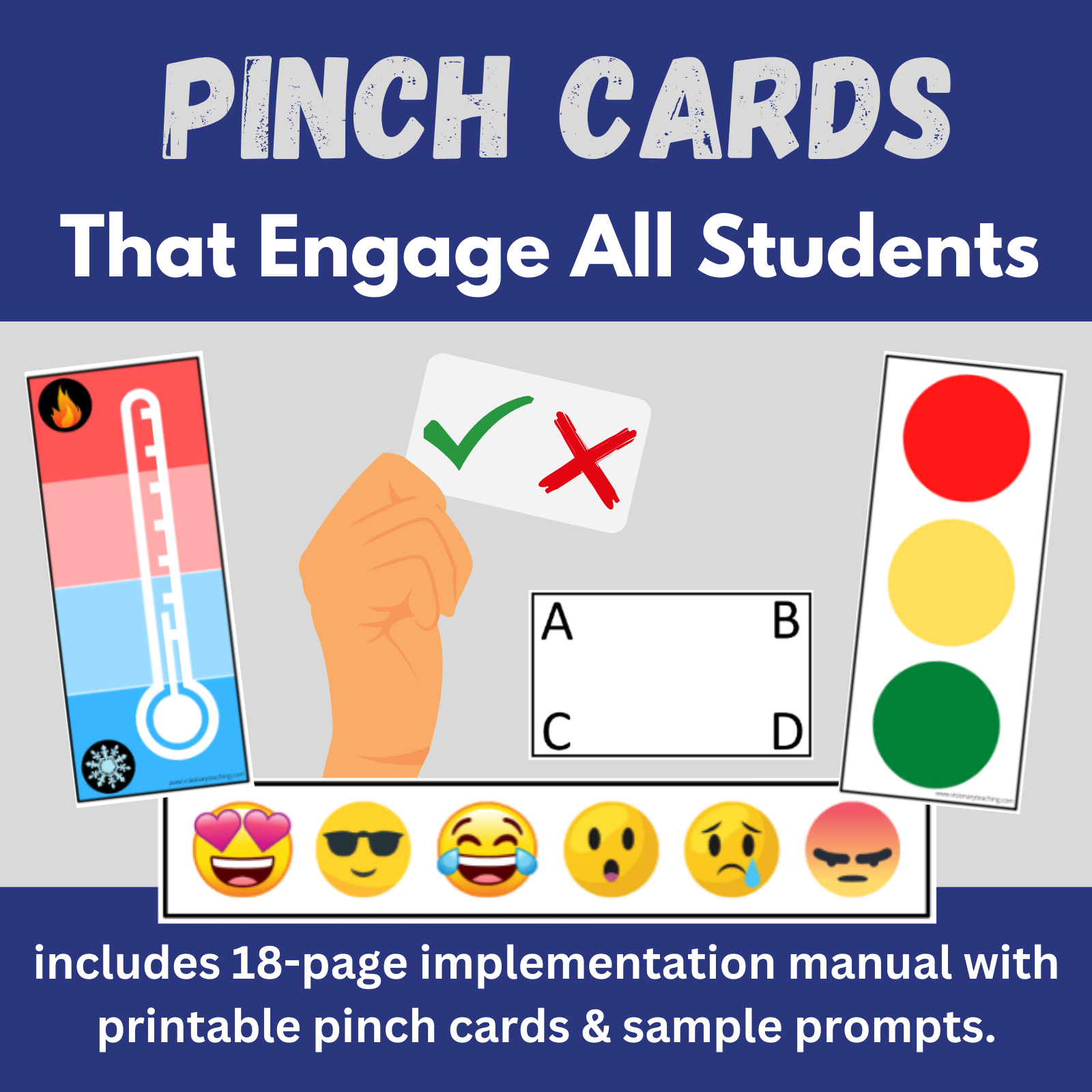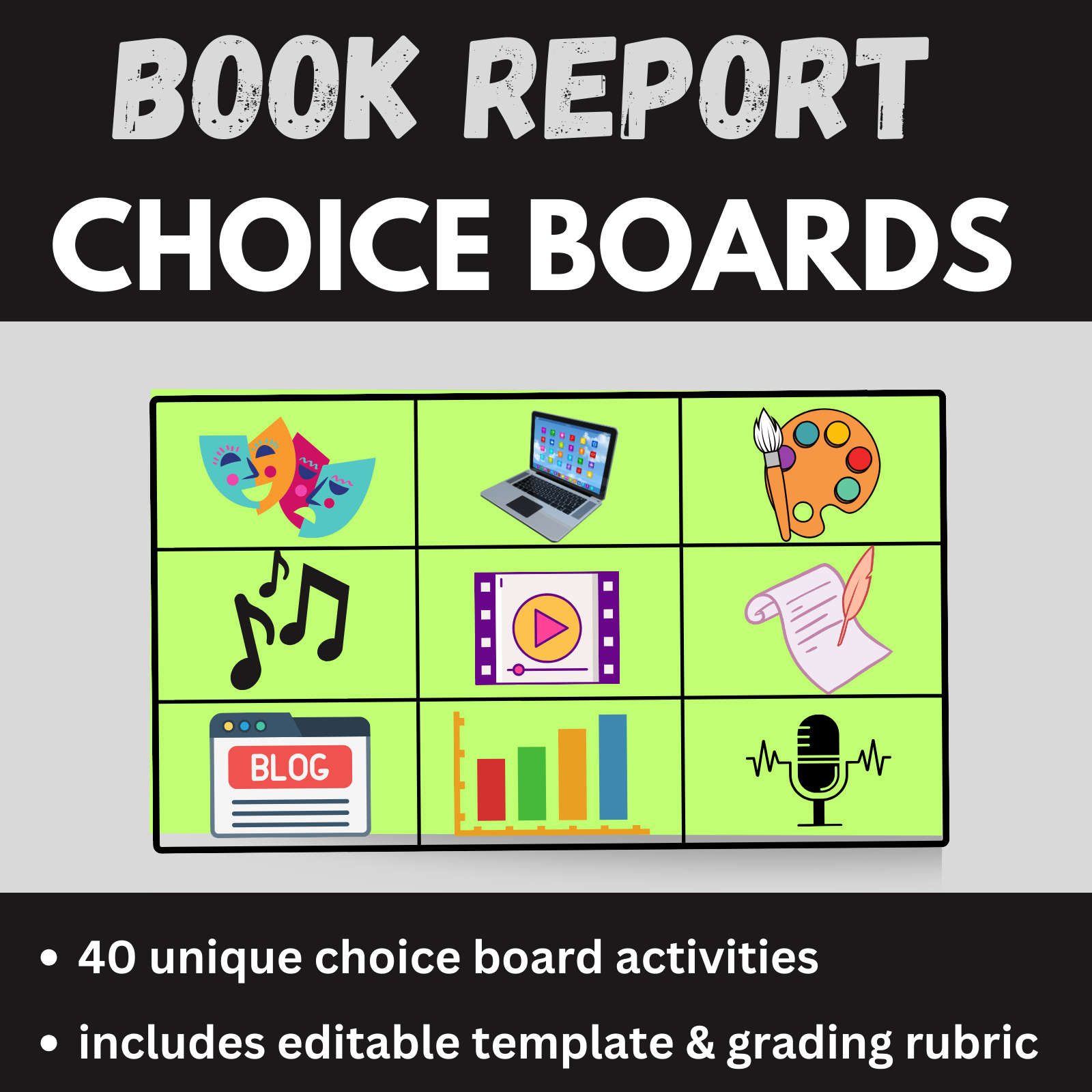
Exit Tickets are growing in popularity across the field of education, and for good reason. A thoughtfully-crafted Exit Ticket activity can provide valuable formative assessment data to educators, and to the students themselves.
What is formative assessment?
Formative assessment refers to prompts or activities that evaluate student engagement, progress, or comprehension during learning. By using formative assessment, educators can gauge student progress and adjust instruction accordingly. By contrast, summative assessment such as quizzes and tests is done after learning, which leaves little room for altering instruction. Simply put, formative assessment is for learning, while summative assessment is of learning.
We previously explored some great Exit Ticket options for virtual or hybrid learning.
An Exit Ticket can help a student rate her level of engagement during a lesson. There are a number of great prompts that might be given. What was the most interesting aspect of today’s class? How engaged were you during the lesson? One thing from today’s lesson that I would change…
An Exit Ticket can also help a student assess his learning and understanding of the content. What was the most important concept in today’s lesson? I used to think __________, but now I know _____________. One question that I still have…
While these sorts of prompts encourage students to reflect and rate their own learning, the data yielded from Exit Tickets is intended to help educators assess their own instructional methods. If it seems that your students are engaged and understanding the concepts that were taught, you can feel confident about moving forward. If your data reveals that students are struggling or feeling confused, you should revisit the content with adjustments to the learning activities and/or rate of instruction.

Exit Tickets are: examples of formative assessment. They are so named because in many face-to-face classrooms, Exit Ticket activities are given toward the end of class and students must submit the completed assignment as they exit the classroom.

Exit Tickets are NOT: graded quizzes or tests. Do not, under any circumstances, give students a grade for an exit ticket. (Exception: Feel free to give participation credit, but don’t give numerical or letter grades.) In some instances, you can keep it anonymous and not even require students to put their name on an Exit Ticket.
Do not worry about spelling, punctuation, grammar, etc. Remember- you are collecting this information to rate your instruction for the day, not to assess little Johnny’s spelling.
Typically, Exit Tickets are written exercises that require students to respond to a given prompt. These written responses are handed in to the teacher before students leave the classroom. One major advantage to this form of Exit Ticket is that it gives you insight into individual students…assuming you ask them to write their names on their papers. A quick Google search will yield some great examples of written Exit Tickets.
While Exit Tickets should be used on a regular basis, I would caution you about exclusively using written responses. Firstly, it is great to offer variety. Develop a range of different Exit Ticket options to keep students engaged by fresh activities. Another thing to consider is that written assignments can be a barrier for many students. Factors such as disability or primary language may limit some learners’ abilities to respond in writing. Engagement is another consideration. If your students have been doing a lot of writing in your class, they may experience fatigue and struggle with yet another written assignment.
Since Visionary Teaching is all about innovative and interactive learning opportunities, we will explore some fun options that do not require writing, yet still yield powerful data. These particular options are not designed to check in on individual students, but rather offer more general insight into how your lesson was received. In other words, these activities will help you “read the room” to determine if and how you might adjust your instruction going forward.
3 Awesomely Innovative Exit Ticket Strategies
The Door Emoji
The Door Emoji is a quick and simple activity that students complete as they walk out of the classroom. The first thing that you need to do is print a few Emojis that represent different emotions and attach them to your door jamb. Be sure to attach your Emojis as a height where students can reach them.

The next step in the Door Emoji activity is to give the students a question or prompt that can be answered by selecting one of the Emojis. A few ideas: How do you feel about today’s lesson? How prepared do you feel for Friday’s quiz? What did you think of the small group activity during today’s lesson?
The final piece of this activity is to prompt students to tap the Emoji that fits their response as they exit the classroom. The teacher can casually observe and make note of which Emoji(s) get a lot of responses. Once you get a general feel for how the students feel, you can make adjustments accordingly. Maybe students absolutely loved a particular activity, so you will want to use it again in the near future. Perhaps Door Emoji responses will prompt you to delay an upcoming quiz so that you can spend more time helping students become more comfortable with the content.
I have found the Door Emoji exit ticket activity to be popular with students and with adult audiences during training sessions. Be thoughtful when selecting which Emojis to use. You will want a variety of Emojis that communicate different emotions and are visually appealing. I like to use the cool Emoji, the thinking Emoji, and the worried Emoji. These Emojis are versatile and carry universal connotations. Try various Emojis with your learners to see which offer the best Exit Ticket response choices.
#Hashtag Exit Ticket
Hashtags are frequently used on popular social media platforms and as such, are likely familiar to many students. The purpose of a hashtag is often to call attention to a keyword, phrase, or theme of the content at hand. You can ask your students to reflect on your lesson and summarize their thoughts by creating a hashtag. Asking students to capture a key phrase or theme does two great things. First, it requires learners to consider what was learned and identify the overall theme or most important part. Second, it gives great feedback to the teacher. Student hashtag responses will let you know if your lesson was on target. Did the students receive the main idea that was intended?
What might hashtags look like for various content areas? A few examples:

There are countless ways for students to share their hashtags. If you and your students are technology savvy, then you might already be utilizing this strategy on discussion boards or actual social media platforms. For our purposes, we will explore a few options for sharing hashtags in low-tech ways. We previously discussed the idea of minimizing written responses. Since a hashtag only requires a single word or short phrase, this activity should minimize writing barriers.
- One great option is to have students write a hashtag on a post-it note and stick it to a designated spot (door, wall, poster paper) on their way out of the classroom. As the teacher, you can collect all of the student responses and utilize the responses in upcoming lessons.
- Another option is to ask students to write their hashtag on a small whiteboard and share with the class. For a more interactive experience, place students in small groups of 2 or 3 and ask each group to have a discussion and collaborate on a single hashtag.
- A third way to approach this activity is to request a verbal response. Rather than asking students to write their hashtags, you can do a quick whip-around activity where each learner simply says their hashtag out loud for all to hear. Remember that responses should be limited to a single word or short phrase. As the teacher, you will not need to memorize who said what, but rather you will get an overall feel for whether or not your learners have appropriately captured the important points of your lesson.
Voting
Here is a simple, but powerful Exit Ticket activity to wrap up a lesson. Begin by asking the class to brainstorm a short list of top takeaways from a lesson. (You could also choose to change the prompt and ask students to identify their favorite activity from a class period.) For this activity, you will want to generate a good list of 3-5 different ideas. One approach is to simply solicit ideas from the whole group. Another option is to place students in small groups, each of which will offer one top takeaway (or favorite activity).
The teacher will write each of the 3-5 takeaways on the large whiteboard or on separate sheets of poster paper. Ask students to vote for their favorite by attaching a colored sticky note next to it as they exit the classroom. If you use your large whiteboard, students can make marks with dry erase markers in place of using sticky notes. The results with provide a stunning visual of your students’ thoughts and preferences.

I hope that this post has provided some new ideas to reenergize your use of Exit Tickets. By offering fun response options and minimizing writing, your students are more likely to be engaged in the activity. If your students are engaged, you are more likely to get responses that are thoughtful and authentic. Happy teaching!



